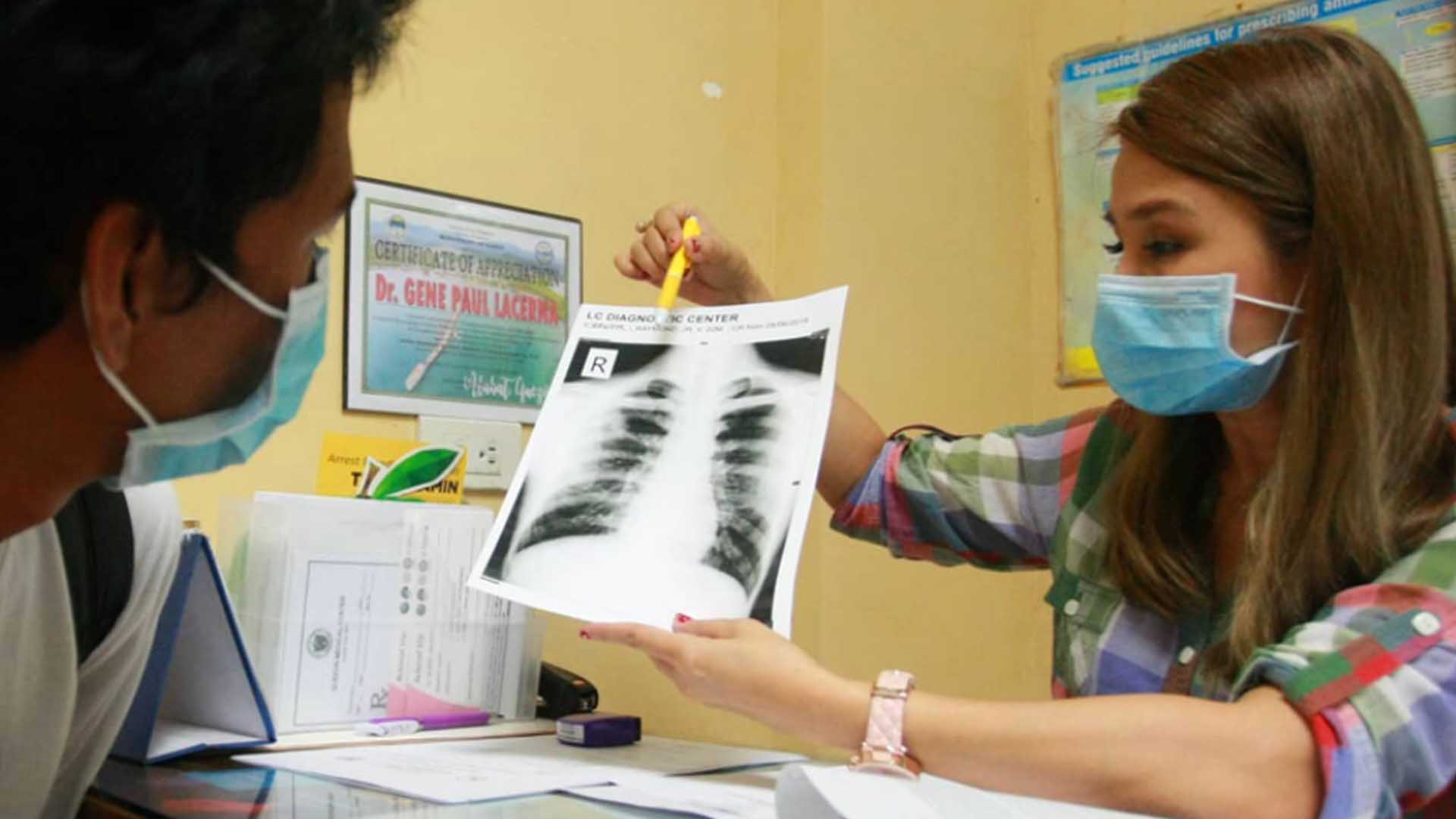As we continue the fight against COVID-19, one of the biggest killers in the country remains overlooked — Tuberculosis (TB). According to the World Health Organization (WHO), the Philippines has the highest incidence rate of active TB among all Asian countries.

Today, many TB-affected individuals in the country dismiss getting checked due to the fear of contracting COVID-19, lack of education towards treatment, and many Filipinos perceiving it as a low-risk disease. To better understand the current state of TB in the Philippines, it is important to know the different types of TB prevalent today, early symptoms and their effects, and how to properly treat it.
Early symptoms of TB and causes
TB is an airborne disease, and is not transmissible when sharing utensils with a person with TB. It is caused by a bacteria called Mycobacterium tuberculosis, which affects the lungs and spreads through the air when a TB-infected individual coughs, sneezes, or spits. It generally affects all age groups, especially children and adults with underlying conditions such as HIV, malnutrition, or diabetes. Adults who smoke tobacco also have a higher risk of contracting the disease.
Common symptoms include chronic coughing that lasts more than two weeks, weight loss, fever, and night sweats. If you ever experience these symptoms, it is best to visit the nearest health center or TB clinic right away to get checked up. If you are unsure of their location, you can use the online self-assessment tool — https://assessment.tbfree.ph/ — to find the nearest health center or TB clinic in your area.
The different types of Tuberculosis
TB can be classified into two types of infections, active TB and latent TB. In the case of active TB, the individual who is carrying the organism has active symptoms and can transmit the infection to other people. On the other hand, those who have latent TB do not exhibit any of the symptoms since their immunity is able to fight off the infection. However, at some point in their life, the bacteria can reactivate and become an active TB case.
TB can directly affect different parts of your body. For instance, the most common form of TB is Pulmonary Tuberculosis (PTB) which primarily affects a patient’s lungs. Another is Extra Pulmonary Tuberculosis (EPTB), a form of TB that affects other parts of your organs and body including lymphatic, pleural, and bone or joint disease which are the most common, while pericardial, meningeal and disseminated (miliary) forms are more likely to result in a fatal outcome.
In some other cases, the TB bacteria can also be resistant to the drugs used to treat TB which classifies as Drug-resistant TB (DRTB). Though, if a person is classified under Multidrug-resistant TB (MDR-TB), then the TB bacteria is resistant to at least isoniazid and rifampin, the two most potent TB drugs. Patients who fall under MDR-TB undergo a different type of treatment. Drug susceptible TB (DSTB) is the exact opposite. A person who is infected with TB bacteria that are fully susceptible, TB drugs will be effective as long as it is taken properly.
TB detection and treatment
Despite being infectious and potentially fatal, TB can be cured with proper treatment and early detection. The first thing people with presumptive TB need to do is schedule a chest x-ray test. If it is detected as possible TB, ask your doctor for a TB sputum diagnostic test to confirm if it is really TB. It is best advised to take the sample in the morning right before eating. Patients must then gargle water and take their sputum samples outdoors or in an open and airy place away from other people. If results come back positive, the patient must return to their doctor to begin treatment.
TB medicine is free at the nearest health center or TB clinic in your area. However, Anti-TB medicine is not like other antibiotics that are only taken for a week or two since it must be taken for at least six (6) months. Patients who are undergoing treatment may also experience mild headaches as one of the side effects but there may also be other causes. If you experience this, it is best to return to your doctor immediately for a consultation. Additionally, the National TB Control Program (NTP) does not recommend vitamins or any supplements, but it is not prohibited. Remember, it’s even more important to finish treatment to be #TBFree.
Do your part for a #TBFreePH
Despite the ongoing pandemic, the Department of Health (DOH) is gathering more government support through the amendment of the National TB Law to increase funding and efforts for the National TB Control Program in 2022. In line with these initiatives, mobile chest x-ray vans that can provide TB detection results as fast as ten minutes will begin city-wide sweeps. With this, TB detection processing will be made quicker and should help solve mobility restrictions posed by the pandemic.
TB is curable and can be attained if every individual does their part to support, educate, and encourage fellow Filipinos to complete their TB treatment and take anti-TB drugs regularly, so they can end the spread of the disease and live a healthier TB-free life. For more information about TB, visit www.tbfree.ph or check out the Facebook page of #TBFreePH.









